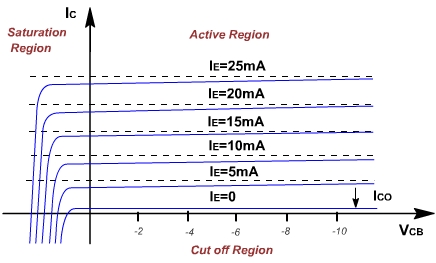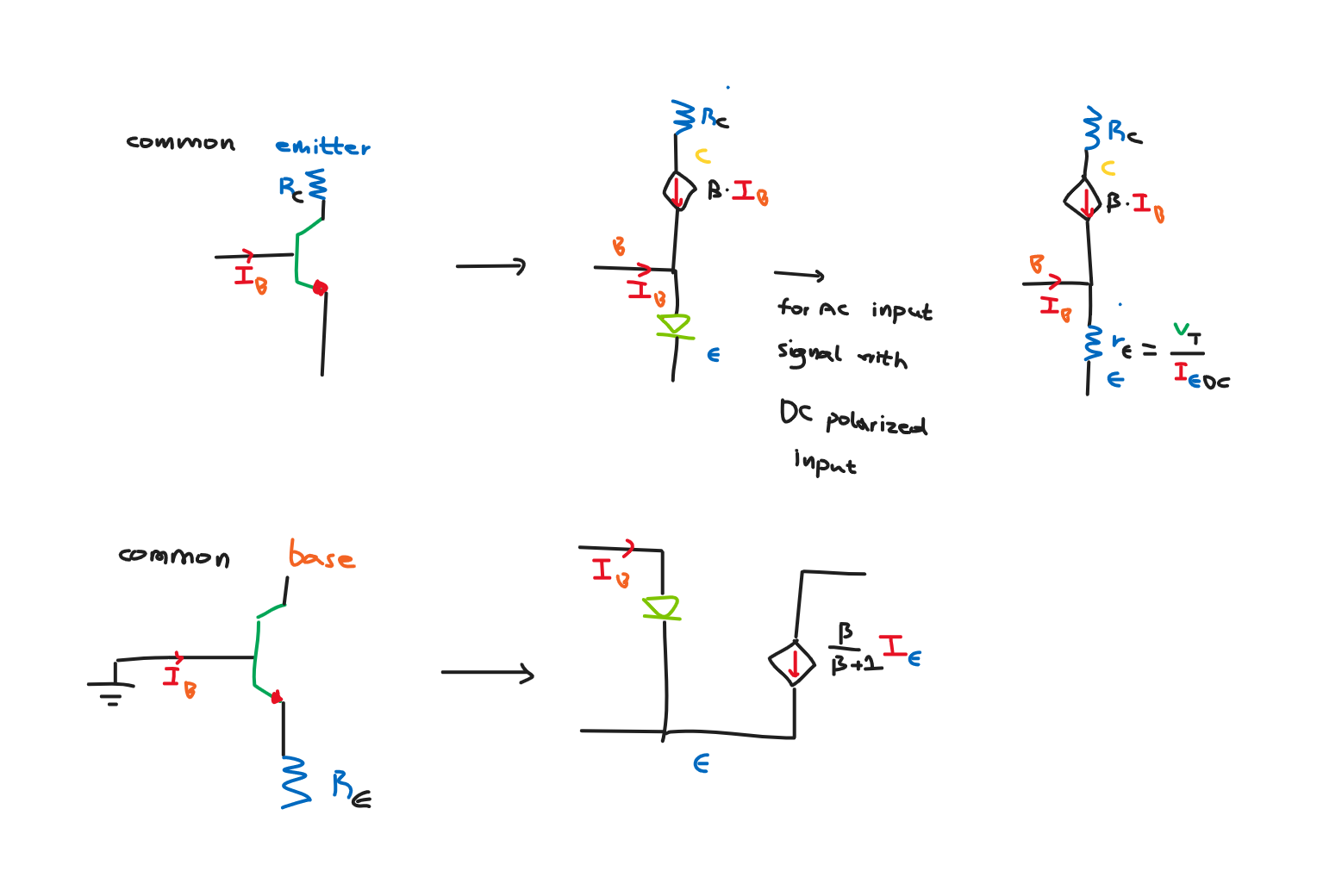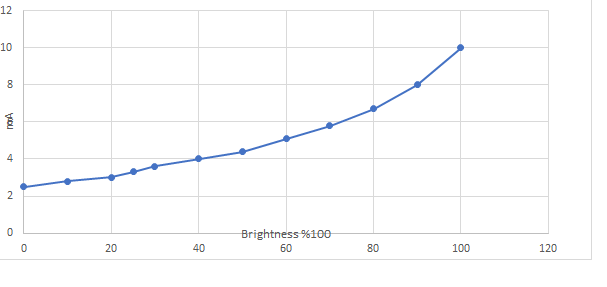Activity for MissMulan
| Type | On... | Excerpt | Status | Date |
|---|---|---|---|---|
| Edit | Post #286705 |
Post edited: |
— | almost 3 years ago |
| Edit | Post #286705 | Initial revision | — | almost 3 years ago |
| Question | — |
Finding voltage gain of Hartley oscillator I am trying to find the AC analysis of a BJT Hartley oscillator but I cannot continue. How do I find the voltage gain? When no feedback is there, we just find the output resistance and the current inside the output resistance and find the input resistance and the current inside the input resistance ... (more) |
— | almost 3 years ago |
| Comment | Post #286700 |
@LvW "the transfer function is defined for sinusoidal signals only!" why is that true?Why isnt the transfer function applied for a rectangular signal?Just s will be equal to something else instead of jω then. (more) |
— | almost 3 years ago |
| Comment | Post #286700 |
@a concerned citizen if s isnt any longer equal to jω maybe with the new input signal becomes 2jω the frequency at which we have a pole changes. (more) |
— | almost 3 years ago |
| Comment | Post #286700 |
For different input signals the frequency of the pole will have different values ,the pole as a pole exists for some specific values of L,C s but the frequency of the pole changes. (more) |
— | almost 3 years ago |
| Edit | Post #286698 | Initial revision | — | almost 3 years ago |
| Question | — |
Complex frequency of a pole If we have the transfer function of a LC high pass filter: $H(s) = \frac{sL}{sL+\frac{1}{sC}}$ If we want to find the pole of that filter in the end we get: $s = \frac{j}{\sqrt{LC}}$ and for a sinuisodal input signal $s = j\omega$ the pole exists at the resonant frequency $\omega{r}$ ... (more) |
— | almost 3 years ago |
| Comment | Post #286689 |
Isn't the gain inversely proportional to frequency from the rolloff frequency of a filter? Why "well past"? (more) |
— | almost 3 years ago |
| Edit | Post #286688 |
Post edited: |
— | almost 3 years ago |
| Edit | Post #286688 | Initial revision | — | almost 3 years ago |
| Question | — |
Effect of adding stages to a filter Suppose we have a RC low pass filter of 1st order. If we add multiple stages every time we add a RC stage identical to our original does the slope of the curve in the bode plot db/Hz becomes wilder but the cutoff frequency remain the same?And is there a formula if we know the slope of the curve a... (more) |
— | almost 3 years ago |
| Edit | Post #286679 |
Post edited: |
— | almost 3 years ago |
| Comment | Post #286687 |
In reality yes, but I am assuming that the slope db/Hz is constant.It is for educational purposes only. (more) |
— | almost 3 years ago |
| Comment | Post #286681 |
Olin I said "I have to design a low-pass filter" because I never thought we would end up at this place talking about why I am building this low-pass filter,I thought you would just help me with its design if you dont like it I can edit the question. (more) |
— | almost 3 years ago |
| Comment | Post #286680 |
Is the corner frequency equal to the cutoff frequency.And yes signals with frequency > cutoff frequency will be attenuated not completely go to 0. (more) |
— | almost 3 years ago |
| Edit | Post #286679 |
Post edited: |
— | almost 3 years ago |
| Edit | Post #286679 |
Post edited: |
— | almost 3 years ago |
| Edit | Post #286680 |
Post edited: |
— | almost 3 years ago |
| Edit | Post #286680 |
Post edited: |
— | almost 3 years ago |
| Comment | Post #286681 |
I just picked the requirements in random , I dont have to design anything , I am doing it for fun but I dont know how to solve this problem. (more) |
— | almost 3 years ago |
| Comment | Post #286681 |
It isnt homework.I was just curious on the design of such a filter so here I am. (more) |
— | almost 3 years ago |
| Edit | Post #286680 | Initial revision | — | almost 3 years ago |
| Question | — |
Cutoff frequency of single phase transmission line Signals with frequency above the cutoff frequency of a transmission line cannot be transmitted through the transmission line. But how can I calculate the cutoff frequency of a single phase transmission line? I had been reading this/02%3ATransmissionLines/2.02%3ATransmissionLineTheory) page befo... (more) |
— | almost 3 years ago |
| Edit | Post #286679 |
Post edited: |
— | almost 3 years ago |
| Edit | Post #286679 | Initial revision | — | almost 3 years ago |
| Question | — |
How to design a low-pass filter when certain conditions must be met I am designing a low-pass filter with cut-off frequency = 100Hz and after the cutoff frequency from -3dB to -10dB the average decrease in db/Hz = -0.1 db/Hz.I know how to design a low-pass filter with cut-off frequency of 100Hz however I cannot meet the 2nd condition of the filter.How do I achieve s... (more) |
— | almost 3 years ago |
| Edit | Post #286537 |
Post edited: |
— | almost 3 years ago |
| Edit | Post #286537 | Initial revision | — | almost 3 years ago |
| Question | — |
Find Q point in common base BJT configuration Suppose we have this graph:  How can we find the operating point (Q)?In common emitter collector we just draw a line from the vertical axis (Ic) at the point (0,VCC/RC) to the horizontal axis at the point(VCC,0) and where ... (more) |
— | almost 3 years ago |
| Edit | Post #286531 | Initial revision | — | almost 3 years ago |
| Question | — |
Re model of transistor is the same in 2 different configuration I was studying the Re model of a transistor:  But the Re model for 2 different configurations (common emitter and common base )turns out to be the same! I don't know why I am really confused.How is this possible? (more) |
— | almost 3 years ago |
| Edit | Post #286090 | Initial revision | — | about 3 years ago |
| Question | — |
Identification of semiconducting electrical components We identify semiconducting electrical components this way: The first digit represents the number of pn junctions inside the semiconducting device The two or more digit number starting at position 3 represents the searilized identification number In the second digit I have seen only diodes wi... (more) |
— | about 3 years ago |
| Edit | Post #285683 | Initial revision | — | about 3 years ago |
| Question | — |
Choosing Y value in photoresistor graph I have designed a graph of the current in a photoresistor related to the brightness of light which hits the photoresistor.  Our professor told us that it is more correct to draw the Current/Brightness graph than the Resistan... (more) |
— | about 3 years ago |
| Edit | Post #285325 |
Post edited: |
— | over 3 years ago |
| Comment | Post #285325 |
Star-Star and Delta-Delta topologies (more) |
— | over 3 years ago |
| Edit | Post #285325 | Initial revision | — | over 3 years ago |
| Question | — |
Phase shift between phase and line quantities In a 3 phase Star source-Star load circuit the phase voltage has different phase than line voltage and in a 3 phase Delta source-Delta load circuit the phase current has different phase than the line current.Why? (more) |
— | over 3 years ago |
| Comment | Post #285242 |
Yes the question is theoretical I want to understand what bandwidth of the signal means. (more) |
— | over 3 years ago |
| Comment | Post #285242 |
@#53661 i don't know if it is needed thats why i am asking.I dont have a clue on what "bandwidth of the signal" means here. (more) |
— | over 3 years ago |
| Edit | Post #285242 |
Post edited: |
— | over 3 years ago |
| Edit | Post #285242 |
Post edited: |
— | over 3 years ago |
| Edit | Post #285242 | Initial revision | — | over 3 years ago |
| Question | — |
Bandwidth of serial signal Suppose we have this stream of data.Let's assume the data stream lasts 1 sec.  How do we find the bandwidth of the data?Do we Fourier transform the signal in order to find its components in the frequency domain? Assume ... (more) |
— | over 3 years ago |
| Comment | Post #285171 |
Where should I ask it then? (more) |
— | over 3 years ago |
| Edit | Post #285170 | Initial revision | — | over 3 years ago |
| Answer | — |
A: How can we grow this community? 1. When you search on Google about a specific electronics/electrical engineering question, EE Codidact is not in the first few results so I think users should try to upload relevant content frequently and self-answer the question. 2. On Chemistry Stack Exchange, you can ask a question and eve... (more) |
— | over 3 years ago |
| Edit | Post #285168 | Initial revision | — | over 3 years ago |


















